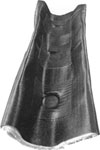Unreinforced bellows do not have any external type of reinforcement such as root rings or equalizing rings.
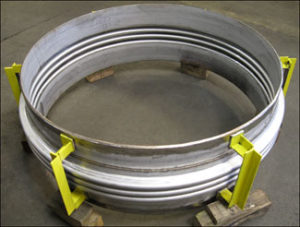
The gimbal expansion joint is basically the same as the hinge type, except that instead of being limited to deflection in only one plane, it can accept bending or angulation in any plane. It contains two sets of hinge pins or pivots, the axis of each set perpendicular to the other. Each set of pins is connected to each other with a central gimbal ring, in much the same way that a universal joint on an automobile works.
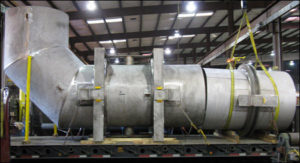
Expansion joint thickness can vary from .010 inches to .125 inches thick depending upon the design requirements for your application.
Read MoreA pressure balanced expansion joint is really a combination of several types. Its purpose is to retain and balance the pressure thrust so that main anchoring of the pipe or adjacent equipment is not required, and forces and movements on attachment flanges of delicate equipment, such as turbines, are kept to acceptably low levels. However, the pressure-balanced elbow is usually required because axial deflections are also present. In order to accept these movements, a bellows is added beyond the elbow with the same cross-sectional area as the ones in the universal section.
This balancing bellows is connected by the tie rods to the pipe beyond the universal section; in this way, the pressure thrust is contained as tension in the tie rods. The section of the expansion joint between the tie rods, which includes the elbow, is now free to move axially, with the only resistance being a function of the spring rates of the bellows. Because of their arrangement, however, the spring rate of the entire expansion joint is the sum of the spring rates of the balancing and the universal bellows. This is a constant volume system, in that when the universal end compresses, the balancing end extends the same amount. All of the lateral deflection is absorbed by the universal end, and there is no lateral deflection imposed on the balancing end. Therefore, the balancing bellows is almost always a single bellows type.
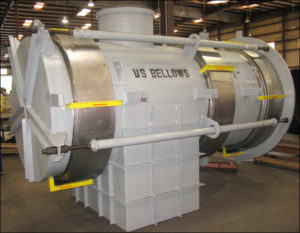
Read More
A metallic expansion joint device is used to absorb thermal movement. It is generally fabricated from stainless steel or other high nickel alloys.
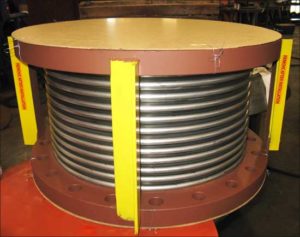
We typically only use carbon steel material for the bellows rectangular expansion joints which are installed in duct systems. Round expansion joints don’t typically have carbon steel bellows, however for both round and rectangular expansion joints, the flanges, pipe, and hardware may be carbon steel.
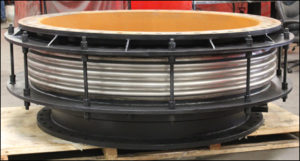
Flanged and flued expansion joints can take minimal amounts of axial motion due to the thickness of the flanged and flued heads.

The flange on an expansion joint can be one of the end connections to allow for connection to the pipe in the piping system.
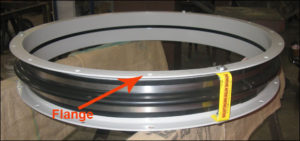
Heat Exchanger shell bellows are used on fixed tube sheet heat exchangers. Bellows deflection is only axial and can be either extension or compression depending on the differential expansion of shell and tubes. In most cases the tubes are hotter than the shell, moreover tube material is sometimes high alloy, i.e. Stainless steel or nickel alloy, which expands about 50% more than carbon steel.
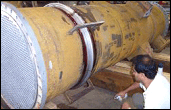
The expansion joint fabric is composed of two components: PTFE resins and fiberglass cloth.

Expansion Joints should be stored in a clean and dry environment. However, as a minimum, expansion joints must be stored so that water does not penetrate any closed container.
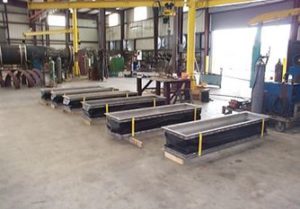
Styles Include: Style 200W, Style 100W, Style 300W, Style 600W, and Style 700W

The biggest limitation is the relatively low-temperature capability.
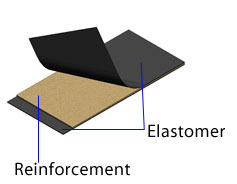
The belt radius is located at the corner of rectangular expansion joints. The radius corner helps prevent sharp creases that may shorten belt life.
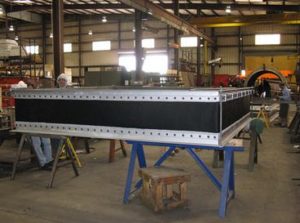
Flexxcell FF1 is manufactured to a high weight without sacrificing the critical flexing properties required for a fabric expansion joint.
